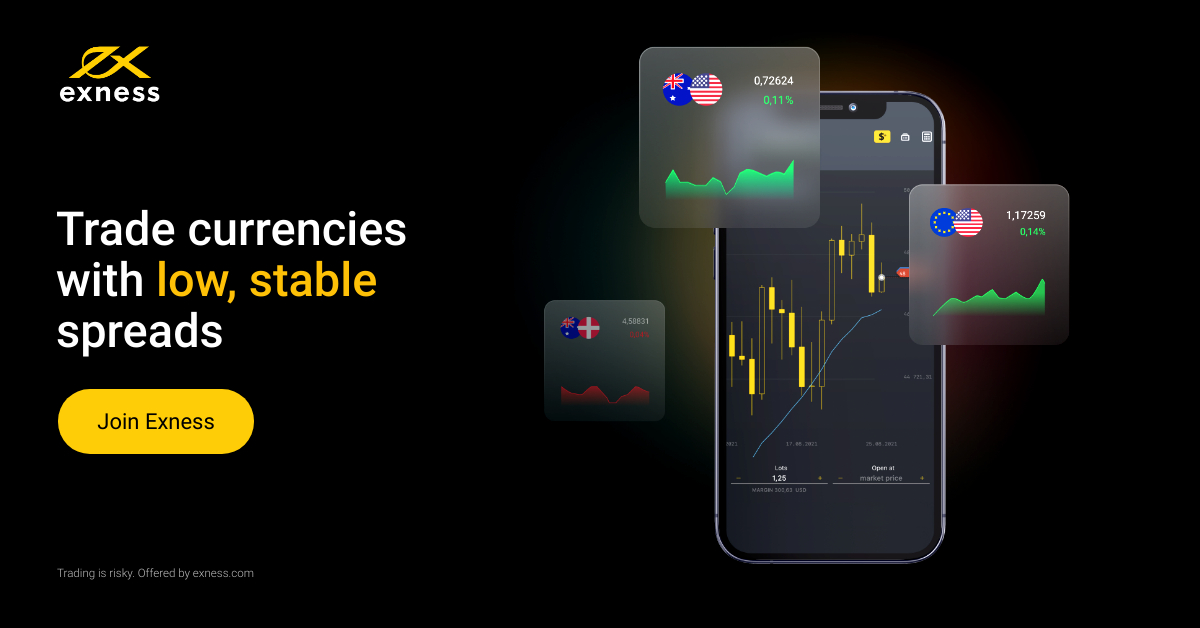
In this article, we will go over trading the bullish engulfing candlestick pattern. The bearish and bullish engulfing patterns are considered fairly
strong candlestick reversal signals. The bullish engulfing pattern is
essentially the opposite of the bearish engulfing pattern.
Like I previously stated, in my article, Trading the Bearish Engulfing Candlestick Pattern,
these engulfing patterns are often misused. Rather than revisiting all
the same points again, I’ll simply define the bullish engulfing pattern,
and then we’ll try to expand upon our knowledge of trading these
useful
candlestick signals.What is a Bullish Engulfing Candlestick Pattern?
The bullish engulfing pattern consists of a candlestick that opens at
or below the close of the previous candle (almost guaranteed in Forex),
and then closes above the open of the same [previous] candle. As I
stated before, the most effective way of trading these signals is based
on the price action of the real bodies (open to close) of the candles –
not the total range (high to low).
I’m defining a bullish engulfing candlestick pattern as one in which the bullish real body of a candle engulfs the bearish real
body of the previous candle. In some frequently gaping markets, you may
encounter cases in which a bullish candle engulfs another bullish
candle. I don’t have experience with these, as I am purely a Forex
trader.
Effective candlestick patterns must be traded within the context of
the market. Since this pattern is considered a bullish reversal signal, a
true bullish engulfing pattern will only come after a bearish movement
in price (consecutive lower lows).
Note: Occasionally, you may find engulfing patterns occurring during periods of market consolidation that would have been effective, but we are only interested in what usually happens – not what occasionally happens. In the long term, you will lose more often than you win by taking these signals during consolidation periods.
In the image above, you will see a small bearish movement in price,
followed by a bullish engulfing candlestick pattern. You could have made
a nice profit by entering a buy position at the open of the candle
following the bullish engulfing pattern. Placing your stop loss at the
bottom of the bullish engulfing candlestick, this trade would have been
worth nearly 2x your risk.
Like many of these candlestick reversal signals, trading the bullish
engulfing candlestick pattern is usually more effective, or at least a
higher probability trade, when it follows a sharp decline in price. The
reason for this is pretty simple; market prices are driven by
psychology.
After a sharp incline or decline in price, traders lose faith that
the market can sustain such a sharp incline or decline for long. While
amateurs may try to chase price, the big players will start taking their
profits or entering trades against a quick, volatile price movement
(see the image below).

Sharp price movements are not, however, a necessary precursor for
trading these patterns. Many times all that is required is a small
consecutive movement in price in one direction or the other, as you can
see in the first image.
As I stated in my last price action article, the relative sizes of
the candles involved in these patterns are important. Some traders, for
instance, will not trade an engulfing pattern unless the engulfing
candle is much larger than the previous candle.
I have not personally found that to be any better or worse in
indicating how strong the potential reversal that follows will be. In
fact, if the engulfing candle is too large, it can sometimes swallow up
much of the price movement, and leave you with a poor potential risk to
reward ratio.
Final Thoughts
The context in which these patterns occur is very important. You should never trade reversal signals from periods of market consolidation. That being said, these engulfing patterns, as well as other candlestick reversal signals, can be very effective after just a few candles have made consecutive higher highs or lower lows.Occasionally, the engulfing candle in one of these patterns will be very large. Many traders would say that a relatively large engulfing candle signifies a strong reversal ahead. However, a larger engulfing candle requires a larger stop loss in pips (obviously), and may lower your potential risk to reward ratio. Enter such trades with discretion.
Typically, an engulfing candle that engulfs more than just the previous candle is an even stronger signal. The more candlesticks that are engulfed, the stronger the signal.
Again, keep in mind that the larger the engulfing candle, the less likely it is that you will be left with a favorable risk to reward scenario. Since candlestick signals are only reliable in the short term, there is no guarantee that price will continue to move in the direction that is indicated by the signal.
Lastly, any good trader will incorporate good support and resistance levels into their trading signals. Engulfing patterns that are bouncing off of relevant support or resistance levels are more likely to reverse. Previous swing points, obvious supply and demand levels, relevant Fibonacci levels, trend lines, dynamic support and resistance, etc… should be considered when taking these trades.
